We are fortunate to live in a society abundant with diverse food sources. Grocery stores are filled with the things we are familiar with eating, but also carry culturally-inspired ingredients, organic options, and items related to dietary issues and restrictions. But included with that enormous variety can come confusion or uncertainty about what foods are identified as healthy and what should be avoided.
Our information resources can sometimes be as overwhelming as the foods we want to select as nutritious options and the strategies we want to put in place to achieve optimal health.
A balanced diet encompasses more than just adding some colorful fruits and vegetables or reducing sugar intake. It means looking at your body, mind, and spirit holistically and choosing foods that contribute to overall good health, thus achieving balance.
Little Changes Can Lead to Big Results
Start with some introspective questions. What do you want to change? You already know a lot about nutrition, probably more than you think. Then look at what you eat and ask yourself what you can keep, what you can add, and what you can eliminate.
A few small steps can lead you on a positive path toward achieving a well-rounded diet. Some easy, manageable changes can include:
- Replacing high sugar drinks like sodas and fruit juice with water. Water is hydrating, cleansing, and essential for our bodies to function. Maybe you don’t like plain water? A squeeze from a fresh lemon or lime can add some flavor without adding unnecessary calories.
- Eliminating processed foods because they are often high in unhealthy fat, sugar, salt, and a bunch of chemicals most of us can’t even pronounce. Foods like these might taste good at first, but in the long run, do not add nutritional value. Cooking healthier baked goods with healthy baking flour is another option.
- Planning your meals in advance and go grocery shopping with a list that includes only fresh ingredients. Walk around the perimeter of the grocery store aisles- where the fresh foods are displayed- and avoid the middle aisles where pre-packaged, processed foods are shelved.
Do Your Food Homework to Find Your Balance
Nutrition information is at our fingertips. Have some fun doing your food research. Maybe you’ve heard that oily fish is a beneficial addition to a healthy diet, but you don’t know which fish are oily. Or you’ve learned that Greek yogurt has two times the protein as regular yogurt, but also has less lactose and want to verify these facts. And you might want to try gluten-free options like gluten-free flour for baking, but don’t know what those may be.
Once you have gathered some credible information regarding your food questions you can begin formulating your diet choices around the changes you want to incorporate. To ensure that you are moving in the direction of nutritional and dietary balance try to include or remove items as you are able:
- Whole grains like oats, buckwheat, brown rice, and quinoa and reduce processed wheat to avoid gluten
- Protein options like oily fish, lean meats, eggs, beans, and nuts and eliminate processed meats
- Dairy or dairy alternatives like low-fat milk and Greek yogurt while reducing high fat, high sodium cheese and butter
- Colorful, nutrient-dense fruits and vegetables like blueberries, pomegranates, bananas, kale, broccoli, and avocados
Incorporating a well-balanced diet, rich in nutritional value and taste into your overall healthy lifestyle should be a fun, rewarding marathon, not an arduous or boring sprint. Optimal physical health can be achieved by eating a balanced variety of foods in both composition and proportion as well as including sufficient hydration and physical activity.
Healthy lifestyle choices do not exist in silos. They are interconnected and each holds a significant impact on the best practices you strive to adhere to every day. The balance you seek in your diet will align with other healthy practices, guiding you to experience each day knowing that your decisions lead to good health.
If you like to bake or cook, why not try an easy change by replacing your baking flour with gluten-free flour or a gluten free batter or mix, which can be used in all kinds of healthy baking recipes ranging from fresh bread to fried chicken. If you've been wondering how to make healthy food taste good, don’t worry, our Gluten-free flour and mixes taste just like their processed counterparts. Try it out today!




